Writers of Paris, France
Paris, attracts the artists and writers. From Monet to Picasso, or Hemingway to Dumas. Our escorted small group tours of Paris and France explore the literary past of this magnificent city.
3 Apr 20 · 10 mins read
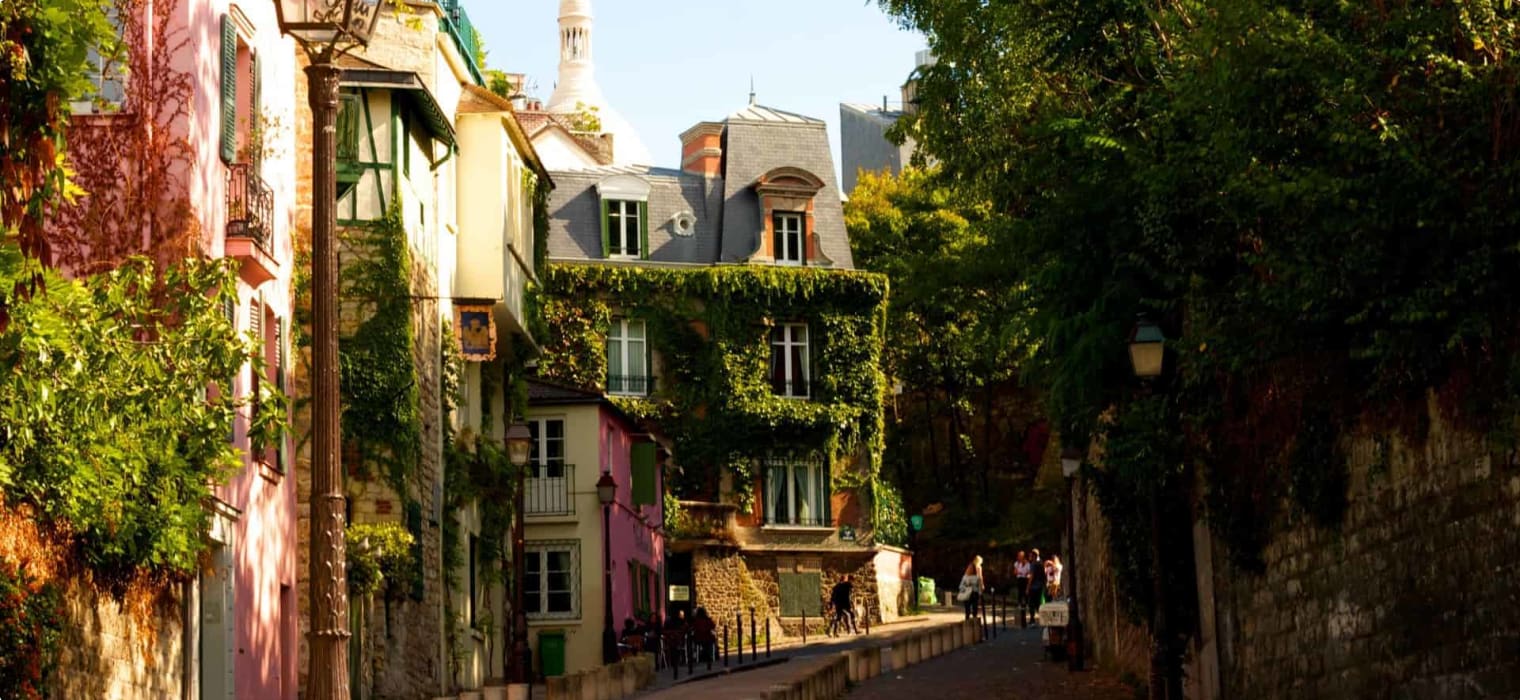
Writers of Paris, France
For centuries, Paris has been regarded as the intellectual centre of the western world, associated with a bohemian lifestyle where art reigns supreme and radical ideas circulate.
For visitors with an interest in literary history, Paris has so many gems. Museums are devoted to writers and second-hand bookstores stock classics rarely found elsewhere. Book lovers can trace the steps – and visit the haunts – of their favourite writer in a walking tour through one of Paris’s many literary neighbourhoods.
This article is intended to provide background to Odyssey Traveller’s 21 Days in Paris tour. Designed for book lovers, this tour of Paris takes in the city’s literary history, with visits to sites associated with Denis Diderot, Victor Hugo, Jules Verne and the bohemian writers of the Latin Quarter. Staying in self-catered apartments, our guided tour gives you the opportunity to live like a Parisian, while our expert tour guide takes you through the literature, art, history and fashion of the ‘city of light‘.
The Enlightenment:
In the 18th century, France was the leading publishing centre of Europe, providing novels, plays, and political tracts to a Europe-wide upper class who spoke and read French fluently. Paris was home to some of the leading thinkers of the Enlightenment. Among the most influential were Denis Diderot and Jean le Rond d’Alembert, whose Encyclopédie aimed to collect all of human knowledge. The Encyclopédie was hugely controversial thanks to the anti-clerical tone of some of its entries; in 1758 it was banned by the Catholic Church, and in 1759 by the government of France, though copies passed discreetly around the intellectuals of the period.
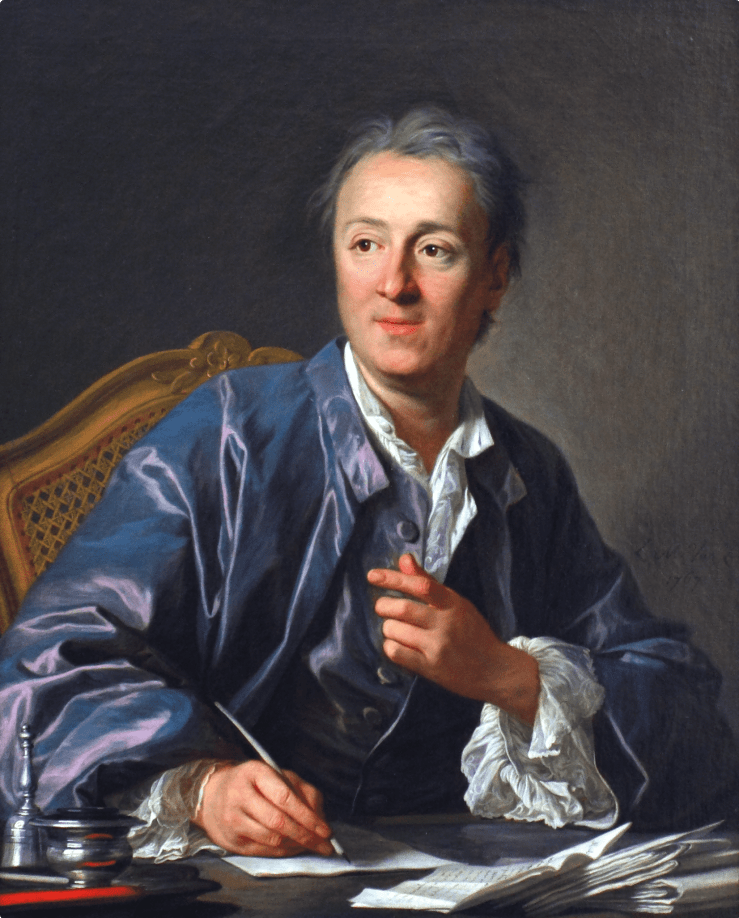
A key aspect of French culture in the 18th century was the literary salon, where the wives of aristocrats and rich businessmen invited their friends to their homes to hear readings of the latest books and debate literature, ideas, and politics. The first famous salon of the 18th century was that of Madame de Lambert, which began in 1710, while others included those of Madame d’Épinay, Madame Necker, and Madame Roland, whose gatherings were a key organising place for the Girondin faction during the French Revolution.
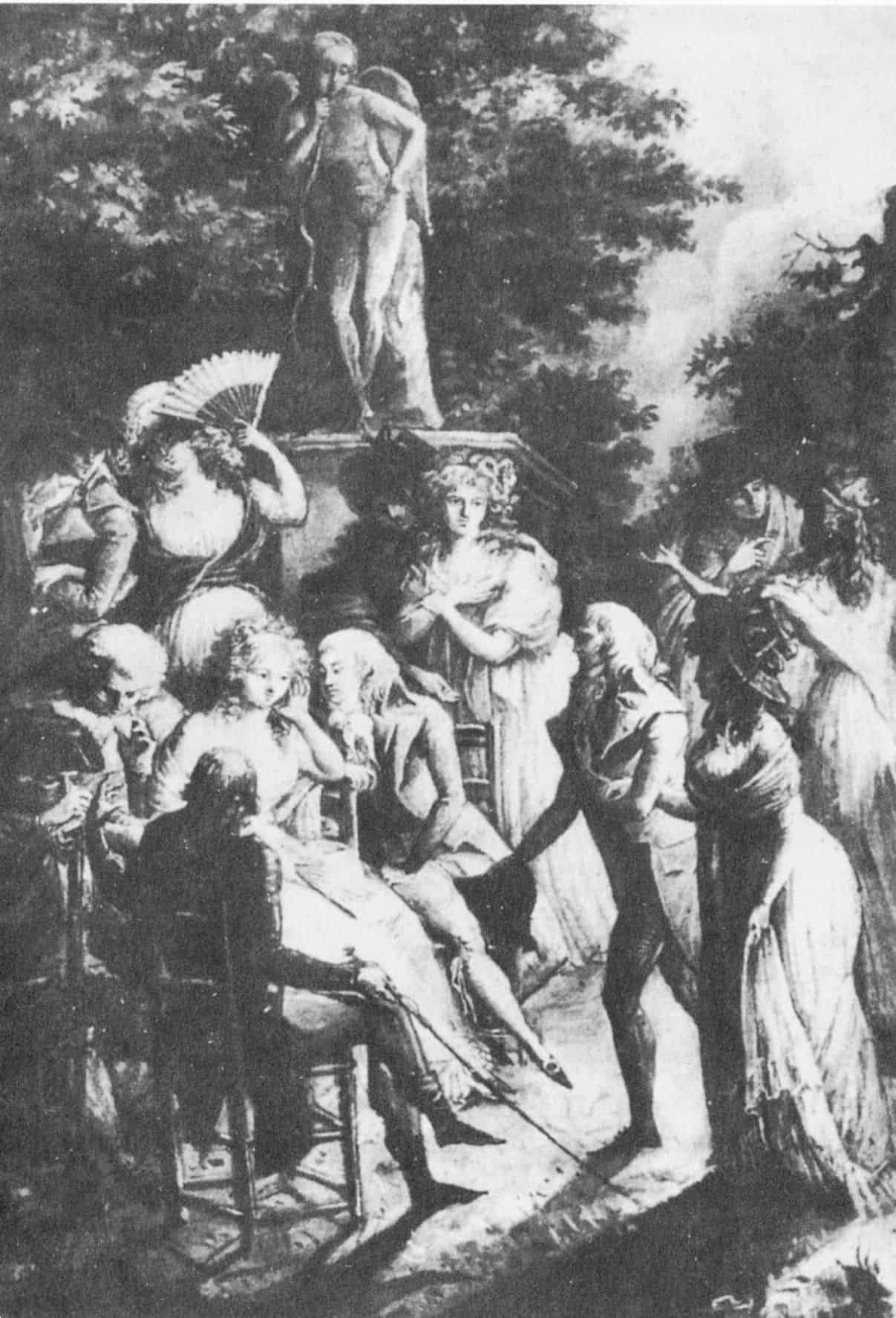
Another key gathering spot for Enlightenment writers was the Cafe le Procope, the oldest cafe in Paris still in operation, where writers such as Diderot and Voltaire exchanged ideas over the new and exotic drink known as coffee. During the French Revolution, the cafe became a meeting spot for prominent Jacobins, including Marat, Robespierre, and Danton.
Writers of the 19th century:
Paris continued to be a major literary centre through the 19th century. In the early part of the century, writers such as Balzac, Stendhal, and Flaubert developed literary realism, and were celebrated for their psychological and social insight.
Perhaps the most famous writer of this period was Victor Hugo, best known for his novels Les Miserables and The Hunchback of Notre Dame. From 1832 to 1848 he lived at a corner apartment in a building on the Place des Voges, which has since been converted into a museum designed to accurately convey the building as Hugo lived in it. Hugo’s dramatic career is conveyed through personal artefacts and manuscripts. Outspoken and driven to challenge injustice, Hugo was forced into exile in Guernsey during the reign of Napoleon III.

Another politically controversial Parisian writer of the 19th century was Émile Zola, whose ambitious Les Rougon-Macquart cycle of twenty novels aimed to capture the society of France during the Second Empire in its totality. Zola would play a central role in the Dreyfus Affair of the 1890s, which divided France and remains an enduring national shame. In response to the conviction of Alfred Dreyfus, a Jewish artillery officer who had been convicted to lifelong penal servitude for the crime of espionage, Zola’s wrote an open letter, J’Accuse…!, pointing out the lack of evidence for the conviction and accusing prominent military figures of anti-semitism. While Zola was accused of libel and forced into exile in London, his letter galvanised support for Dreyfus, who was pardoned.
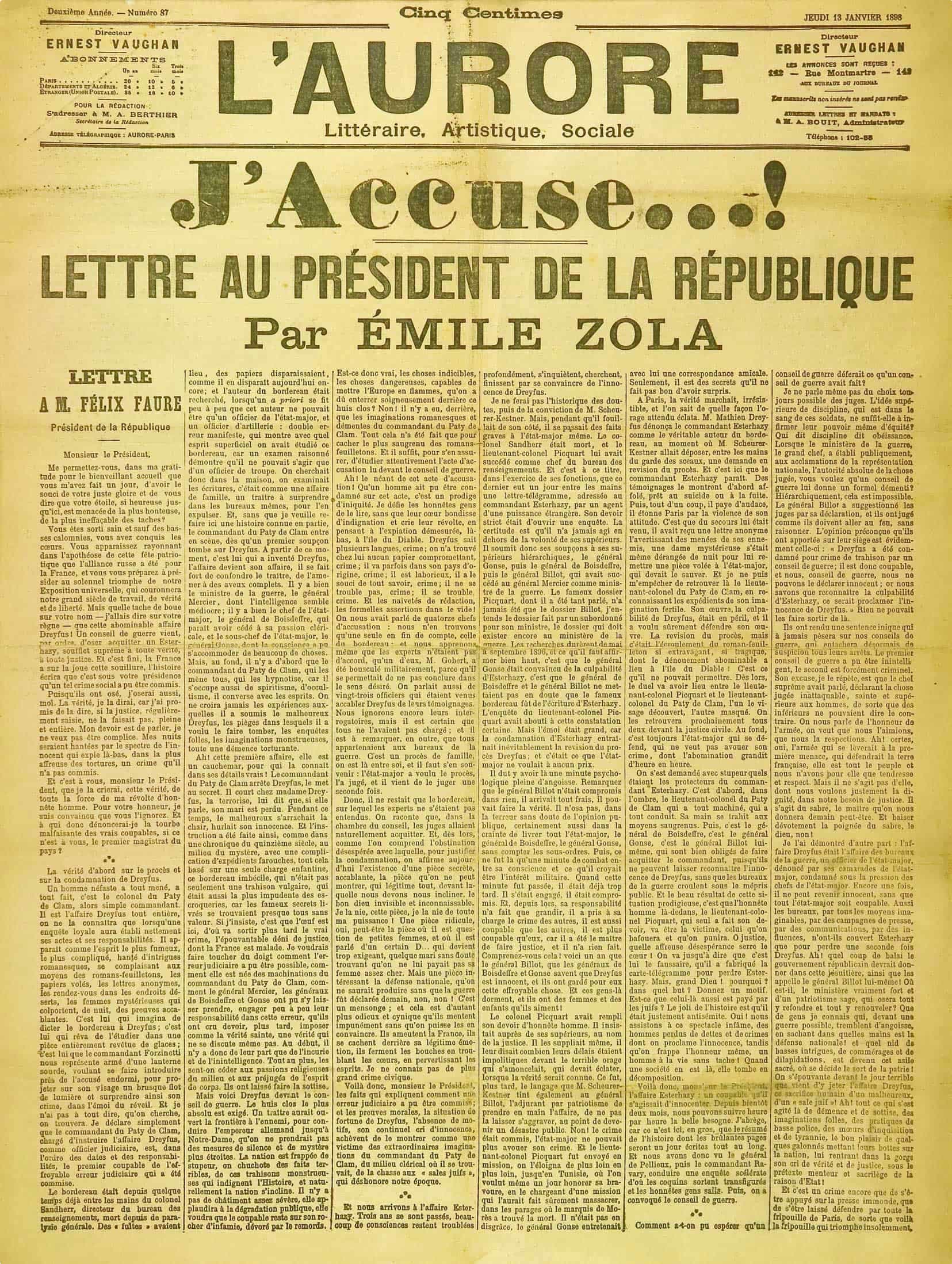
Beginning a tradition of exile for English-speaking writers, the Irish playwright Oscar Wilde spent his last months in Paris after his imprisonment in England due to his homosexuality. Staying in the shabby Hotel d’Alsace,Wilde famously pointed at the hideous wall paper and declared that ‘one of us has got to go’. He died soon after. Wilde’s grave at Paris’s Pere Lachaise Cemetery is now a pilgrimage spot for literature lovers from around the world.
Visitors with an interest in 19th century literature should make a point of visiting the Jardin du Luxembourg on their trip to Paris, where statues commemorate Parisian writers including Stendhal, Paul Verlaine, Charles Baudelaire, and George Sand.
The ‘lost generation’:
In the period between the wars, Paris became a magnet for modernist writers from around the English-speaking world, including Ezra Pound, James Joyce, Ford Madox Ford, Ernest Hemingway, F. Scott Fitzgerald, and Gertrude Stein. The life of writers and Bohemians in 1920s Paris is vividly conveyed by Hemingway in his 1964 memoir, A Moveable Feast. Many of the male writers living in Paris in the 1920s had fought during the First World War, leading Stein to call them a ‘lost generation’:
‘That’s what you are. That’s what you all are,’ Miss Stein said. ‘All of you young people who served in the war. You are a lost generation … you have no respect for anything. You drink yourselves to death… (Quote, Hemingway, A Moveable Feast, 34).
Stein’s studio apartment – filled with art by luminaries such as Pablo Picasso, Henri Matisse, and Pierre-Auguste Renoir – became a modern-day equivalent of the salon for the expat writers and artists of Hemingway’s Paris.
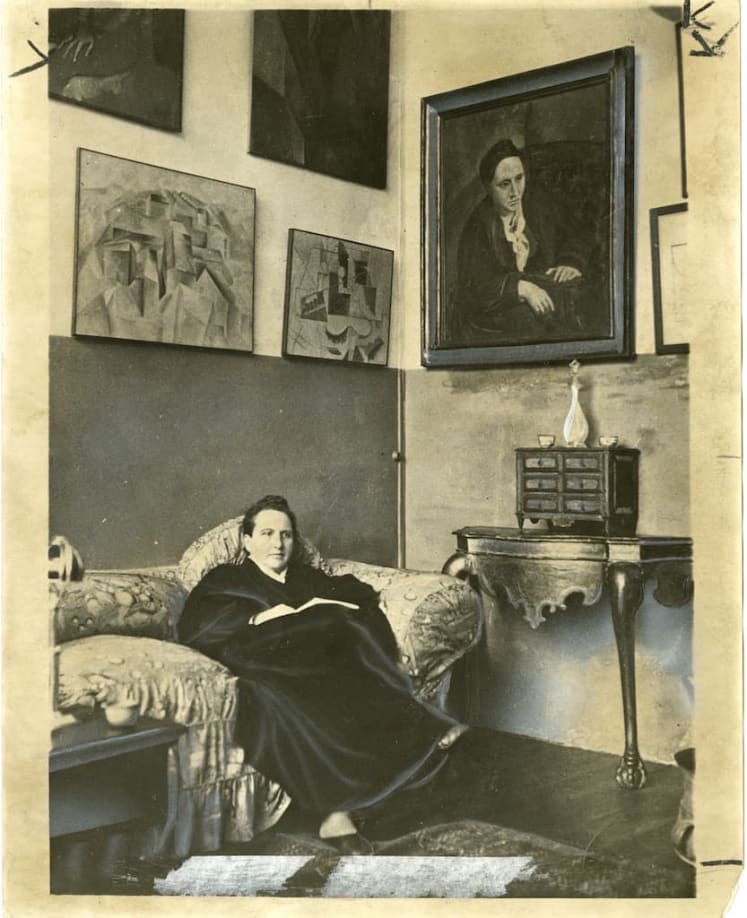
Another focal point for writers was the bookstore Shakespeare and Company, owned by an American, Sylvia Beach. Beach was famously generous, lending the impoverished Hemingway as many books as he wished. Another regular visitor, James Joyce, had his novel Ulysses – now regarded as one of the masterpieces of the 20th century – published by Beach when he was unable to secure publication elsewhere due to the perceived ‘obscenity’ of the text. Similarly, the American writer Henry Miller was only able to secure publication of his memoir, Tropic of Cancer, in Paris in 1934; though thanks to its ‘candid sexuality’, the memoir remained banned in the United States until 1964.
In 1951, another American, George Whitman, opened a new bookstore on Rue de la Bucherie in the 5th arrondissement called Shakespeare and Company in homage to Beach’s store. Whitman continued Beach’s traditions, attracting 1950s beat writers such as Allen Ginzburg and William S. Burroughs. Shakespeare and Company remains open today, and is a highlight of any Paris trip. Run by his daughter Sylvia, the bookstore remains true to its original spirit, housing aspiring writers in beds scattered around the shelves in exchange for help behind the counter.
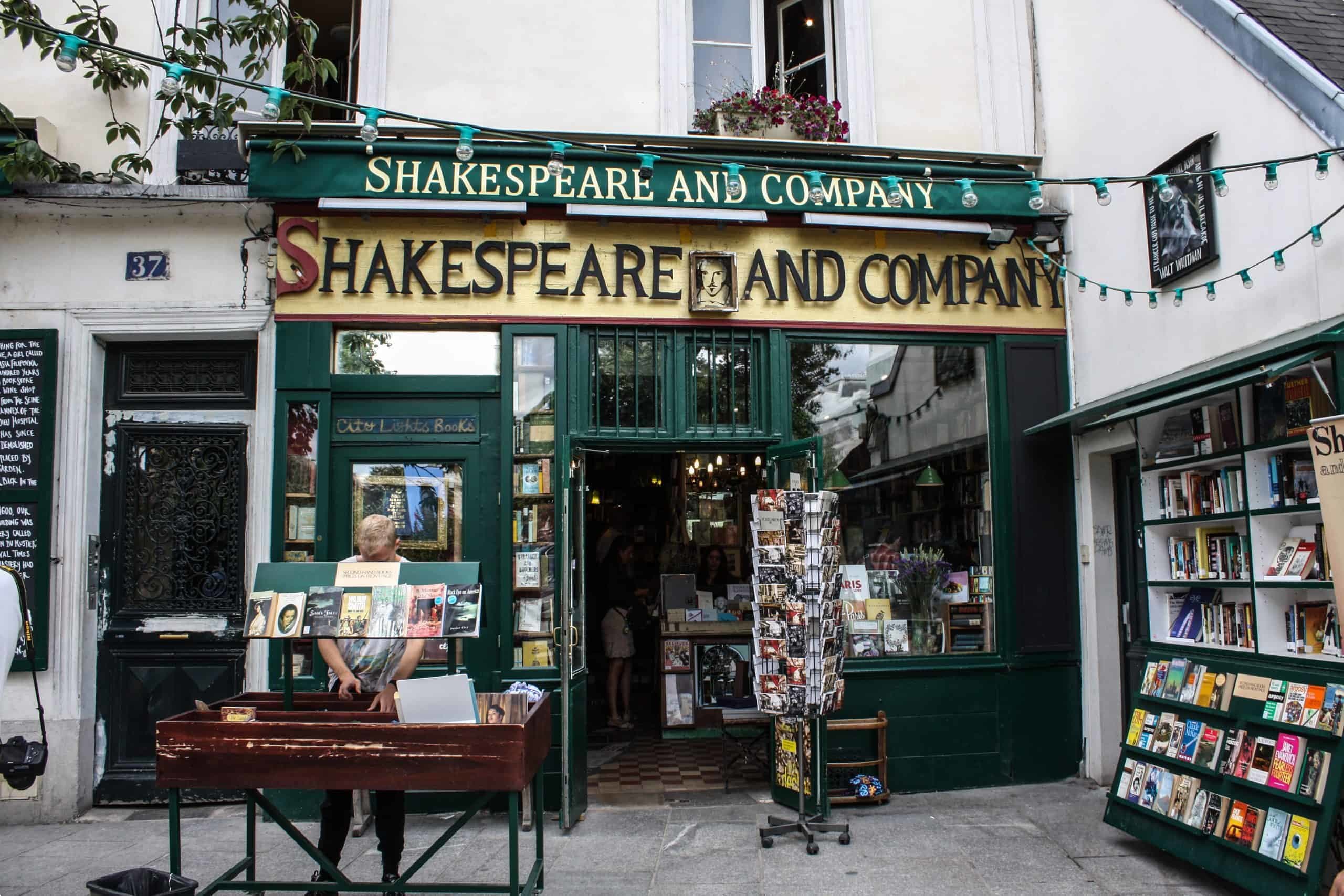
One of France’s most important modernist writers remained totally separate from the expat community. Thanks to poor health, Marcel Proust wrote the entirety of his era-defining series, In Remembrance of Things Past, from his bedroom at 102 Boulevard Haussmann, where he lived from 1907 to 1917. Proust’s bedroom – complete with authentic furniture – has since been recreated as a display at the Musee Carnavalet.
The Left Bank:
After the end of World War Two, Paris’s reputation as a worldwide centre of Bohemian and intellectual life was cemented further. The ‘left bank’ of the Seine River (also known as the Latin Quarter) drew writers, artists, and musicians from around France and the world. Paris’s writers and artists saw themselves as forging a new world out of the debris of the Second World War, trying to find, as Agnes Poirier writes, ‘an independent and original alternative to the capitalist and Communist models for life, arts and politics – a Third Way’.
These artists and intellectuals sought new ways of relating to one another and to life, challenging traditional morality: they rejected traditional institutions of marriage and family, saw open romantic and sexual relationships as an ideal mode of existence, and consumed drugs, alcohol, and cigarettes with a passion. They lived in cheap and run-down Latin Quarter hotels, embodying the mythos of the starving artist. And unlike previous generations of intellectuals, they embraced popular culture, Hollywood, pulp fiction, and were among the first to give jazz its due recognition.
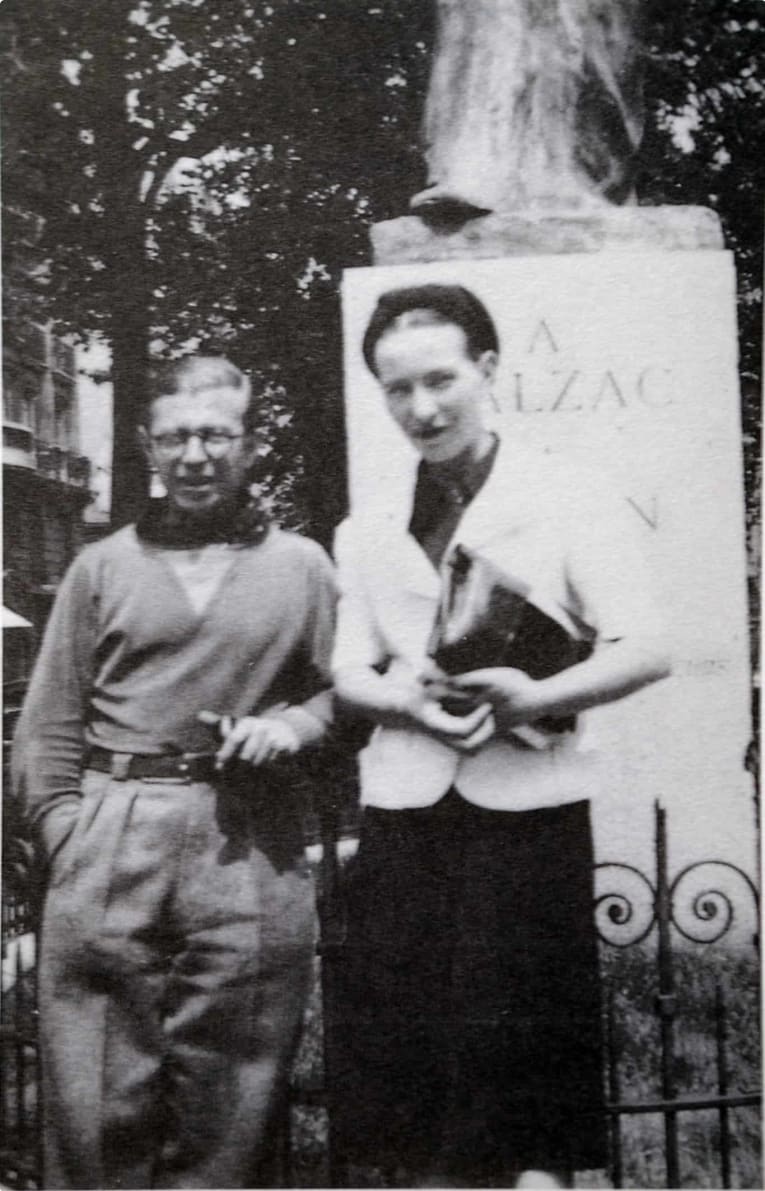
One of the most famous movements to emerge out of the Left Bank is existentialism, particularly the neighbourhood of Saint Germain des Pres, embodied in the writings of Jean-Paul Sartre, Simone de Beauvoir, Albert Camus, and Maurice Merleau-Ponty. An atheistic philosophy that was deeply humanistic, existentialism placed individual men and women, their lives and their choices, at the centre of its philosophy. Challenging religion and what Sartre and others saw as bourgeois conformity (‘bad faith’), existentialists held that the individual had total responsibility for their actions or lack thereof.
Existentialism was first introduced to the world in a lecture given by Sartre entitled ‘Is Existentialism a Humanism?’. Delivered in a hot, steamy hotel, the lecture saw two women in the audience faint from overheating. Journalists decided that the women had been overcome by Sartre’s shocking philosophies, and existentialism became the scandal of the times, attracting rebellious young people around the world.
In the 1940s and 1950s, the Latin Quarter also attracted a number of African-American writers and artists, seeking a place where they could live and work in ways that were not defined by their race, continuing traditions from the interwar era that had brought legendary dancer Josephine Baker to Paris. Richard Wright, a successful writer of the 1930s, was a mentor to James Baldwin on his arrival in Paris, finding Baldwin work and the connections that would get him published. Little did he know that his protege’s first published work would be a searing attack on (what Baldwin saw as polite and ineffectual), ‘protest novels’ about black and Jewish issues – particularly including the works of Richard Wright. Angered, Wright ended his friendship and support of Baldwin – but Baldwin’s act of ‘literary patricide’ (Poirier) embodied the radical spirit of the Left Bank and made Baldwin a star.
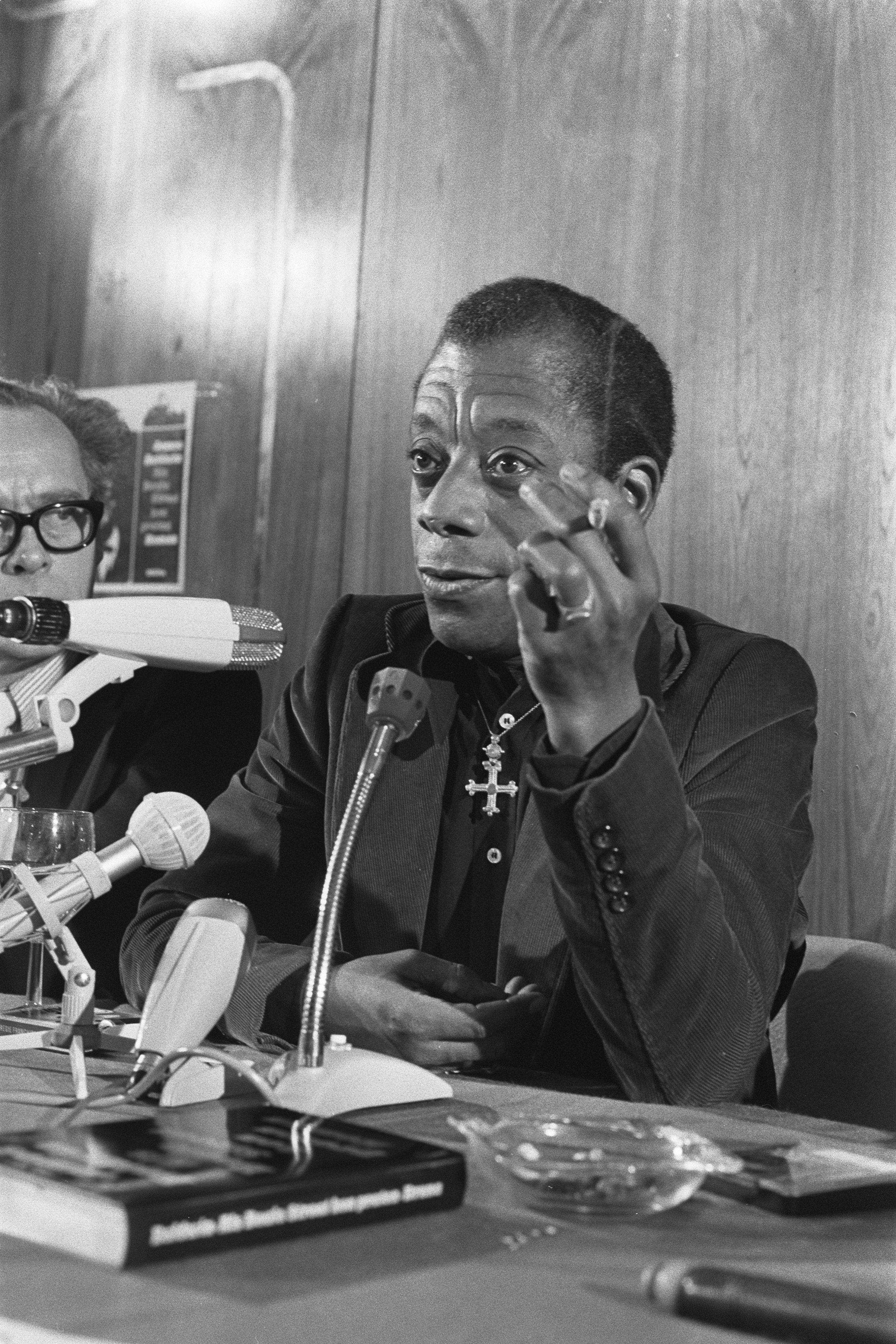
The intellectual circles of Saint Germain also saw an emerging cohort of women who challenged the traditional role of wife (or mistress) to become writers and creatives in their own right. Most influential was Sartre’s long-term partner Simone de Beauvoir, whose The Second Sex paved the way for the feminism of the 1970s and beyond. Other independent women of the Left Bank included the strikingly beautiful singer Juliette Greco, who sang existentialist lyrics written by Sartre and other philosophers.
Explore literary Paris with Odyssey Traveller:
Odyssey Traveller’s 21 Days in Paris tour is designed for book lovers who want to have an in-depth and authentic experience on their tour of Paris. Led by an expert tour director, each local tour guide is chosen for their extensive knowledge of the history and culture of the French capital.
On our sightseeing tour, we visit many places associated with Parisian writers. We make a walking tour around Latin Quarter sights associated with Enlightenment writers such as Denis Diderot and learn about 19th century French writers at Victor Hugo’s house, now converted into a museum and Notre Dame Cathedral, which inspired The Hunchback of Notre Dame. We also make a bus tour to Alexandre Dumas’s home, the Chateau de Monte-Cristo and a day trip to Amiens, home to a UNESCO World Heritage listed cathedral and the late 19th century house of Jules Verne.
For Paris during the Belle Époque, we visit Montmartre and the Moulin Rouge, where artists and writers delved into the seamy side of city life, and take in sweeping views of Paris from Sacre Coeur. Heading into the 20th century, we have a day tour of sights associated with the great writers of the Left Bank, including Shakespeare and Company and La Closerie des Lilas, a bar patronised by Ernest Hemingway and F. Scott Fitzgerald.
Paris is home to an astounding 297 museums, art galleries, and historical sites, the most concentrated collection of museums in the world. While most visitors are highly famliar with a select few – the Louvre, the Eiffel Tower, and the Versailles Palace and Parklands (which include Marie Antoinette’s Hamlet) – our tour of Paris takes you to twenty-two of Paris’s lesser known museums, including the impressionist showcase of the Musee d’Orsay, the fascinating history of the Carnavalet, and the lesser-known Monet masterpieces found at the Musee Marmottan Monet.
Our city tour also takes you into the history of France, with a day devoted to sites associated with the French Revolution, including the Place de la Concorde, where Marie Antoinette and Louis XVI (among many others) were executed, and the Arc de Triomphe, built to honour those who died for France in the Revolutionary and Napoleonic Wars. We also devote time to exploring why Paris is the world’s fashion capital, window-shopping in the fashion houses of the Champs Elysees and visiting the brand-new museum exploring the life and work of one Paris’s most celebrated designers, Yves Saint Laurent. And we have plenty of evening activities, possibly including an opera performance at Palais Garnier, immortalised in The Phantom of the Opera.
The trip also gives you plenty of time for independent Paris sightseeing, whether that be another visit to the collections of the Louvre museum, a river cruise down the Seine, a food tour of one of Paris’s iconic markets, or a bike tour through the woodlands of the Bois du Boulogne or the parklands of Versailles.
For more information about Odyssey tours in Paris and France take a look at this page.
Since 1983, every Odyssey guided tour has been designed for mature and senior travellers who seek an informed experience of their destination. We travel in small groups of six to twelve like-minded people, and choose our tour guides for their expertise and local knowledge. Our tours are cost inclusive, including all entrances, tipping, and the majority of meals.
Articles about France published by Odyssey Traveller
- Exploring France by rail some tips
- Ten of the best travel books on France
- Ten things to do in France when you visit
- Designing Paris
- Paris; leaders and landmarks
- Guillamot prevents the collapse of Paris
- The elegant arcades of Paris.
- Questions about France
- Studying Gargoyles and grotesques
- Around the world in six coffees
- Ten of the best French cookery books.
- Ten of the Best art galleries in Europe to visit
- A guide on France for mature travellers
- Loire Valley History
External articles to assist you plan your visit to France
Related Tours
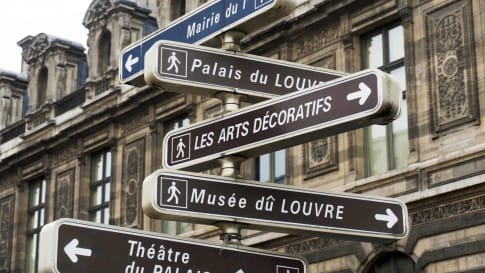
21 days
Mar, SepExplore Paris | 21-day Small Group Tour Exploring Parisian Life
Visiting France
On this small group tour of Paris, travellers take the time to join local guides to learn about the destinations within this city. Authentic experiences with like minded people and an Odyssey tour leader. Staying in apartments this European tour immerses itself in Paris' history, art, and culture in the city of light.
From A$15,325 AUD
View Tour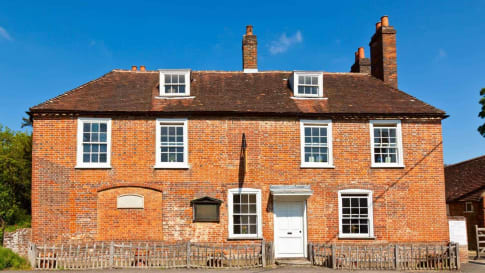
22 days
AugDiscovering the art and literature of England: Jane Austen, Shakespeare, and more
Visiting England
Stratford upon Avon, Shakespeares birthplace and Anne Hathaway's cottage as well as the Lake district a UNESCO World site and Dicken's London are part of guided tour for a small group tour of like minded people learning about the art and literature of England. Your tour leader and local guides share day tour itineraries to create a unique travel experience.
From A$17,765 AUD
View Tour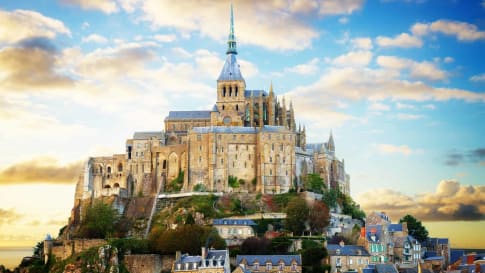
22 days
Apr, May, SepAnglo French Tour | Normandy, Brittany, Channel Islands tour
Visiting Channel Islands, England
Our 21 night program has daily itineraries with plenty of authentic experiences provided by passionate local guides in the key destinations in France, Channel Islands and England for this small group of like minded people. For Solo travellers minimal single supplement applies for this European tour.
From A$18,995 AUD
View Tour

